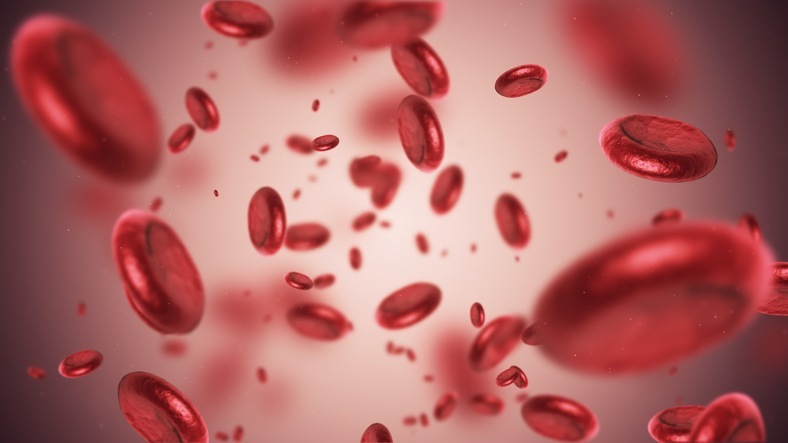
Anemia occurs in patients who do not have enough healthy red blood cells or hemoglobin to transport oxygen throughout the body. Patients with anemia often feel tired or weak. There are several different kinds of anemia:
- Aplastic anemia
- Sickle cell anemia
- Thalassemia
- Iron deficiency anemia
- Vitamin deficiency anemia
Currently, there are no known prevention strategies for aplastic anemia, sickle cell anemia, or thalassemia. However, patients may reduce their risk of iron deficiency anemia or vitamin deficiency anemia by making certain dietary choices.
Iron Deficiency Anemia
Iron deficiency anemia is a common form of the disease characterized by a low level of iron in the body. When the body does not have enough iron, it cannot produce enough hemoglobin, often leaving patients with the disease feeling fatigued, weak, or short of breath. Other signs of the disease may include:
- Pale skin
- Chest pain
- Headache/dizziness
- Shortness of breath
- Rapid heart rate
- Cold hands and feet
- Tongue soreness or inflammation
- Weak nails
- Craving non-food items like dirt or starch
Several factors may contribute to iron deficiency anemia, one of which is blood loss. Because iron is found within red blood cells, blood loss means iron loss. Women with heavy periods lose a lot of blood during menstruation and are at risk for iron deficiency anemia (for this reason, female sex in itself is a risk factor for iron deficiency anemia). Internal blood loss due to ulcers, hernias, polyps, or colorectal cancer may also increase a patient’s risk for iron deficiency anemia. Other causes could be an inability to absorb iron and pregnancy. Infants and children, vegetarians, and frequent blood donors are also all risk factors for iron deficiency anemia.
How to Prevent It: Diet
One way to prevent iron deficiency anemia is to eat foods rich in iron. There are two types of iron: heme iron, found in animal sources, and nonheme iron, found in plant-based sources. Good sources of heme iron include:
- Chicken
- Turkey
- Veal
- Pork
- Ham
- Lamb
- Beef
- Eggs
- Shrimp
- Tuna
- Haddock
- Sardines
- Oysters
- Clams
Plentiful sources of nonheme iron include:
Vegetables
- Spinach
- Sweet potatoes
- Broccoli
- Kale
- Peas
Fruits
- Strawberries
- Raisins
- Figs
- Prunes
Bread and cereal
- Oatmeal – lots of porride recipe ideas here
- Enriched white bread, pasta, bran cereals, and rice
- Whole wheat and rye bread
- Corn meal
Beans
- Kidney
- Garbanzo
- White
- Lima
- Navy
Other
- Tofu – you can find tofu at any asian supermarket
- Lentils
- Tomato products such as paste
Patients with iron deficiency anemia whose bodies cannot absorb iron may benefit from adding foods rich in vitamin C to their diet. Some of these foods include:
- Citrus juices
- Oranges
- Grapefruit
- Peppersre
- Broccoli
- Tomatoes
- Strawberries
- Kiwi
Vitamin Deficiency Anemia
Vitamin deficiency anemia occurs in patients who have a low healthy red blood cell count due to low amounts of vitamins including vitamins C and B-12 and folate. Some symptoms of vitamin deficiency anemia are similar to those of iron deficiency anemia (pale skin, fatigue, weakness, shortness of breath); additional signs may include:
- Weight loss
- Irregular heartbeats
- Numbness or tingling of the hands and feet
- Personality changes
- Unsteady movements
- Confusion/forgetfulness
The disease is caused by a deficiency of folate (vitamin B-9), vitamin C, or vitamin B-12. All three deficiencies share some risk factors, including a diet with scarce natural vitamin food sources, pregnancy, intestinal issues, alcohol abuse, and certain medications including antiseizure medication and antacids. Other risk factors are specific to each deficiency:
- Folate: hemodialysis and cancer treatment
- Vitamin B-12: lack of intrinsic factor and diseases including diabetes and thyroid disease
- Vitamin C: smoking and chronic illnesses including cancer and kidney disease
How to Prevent It: Diet
As with iron deficiency anemia, certain foods could help reduce the risk for vitamin deficiency anemia—foods rich in vitamins B-12 and C (listed above) and folate. Some foods that could help prevent vitamin deficiency anemia attributed to vitamin B-12 deficiency include:
- Clams
- Fortified cereals
- Liver
- Milk
- Cheese
- Yogurt
Foods high in folate include:
- Leafy green vegetables
- Enriched grain foods like pasta and cereal
- Lentils
- Seeds and nuts
- Broccoli
- Asparagus
Sources: National Institute of Health; National Heart, Blood, and Lung Institute; Cleveland Clinic; American Red Cross; Harvard Health Publishing; Blank Children’s Hospital UnityPoint Health

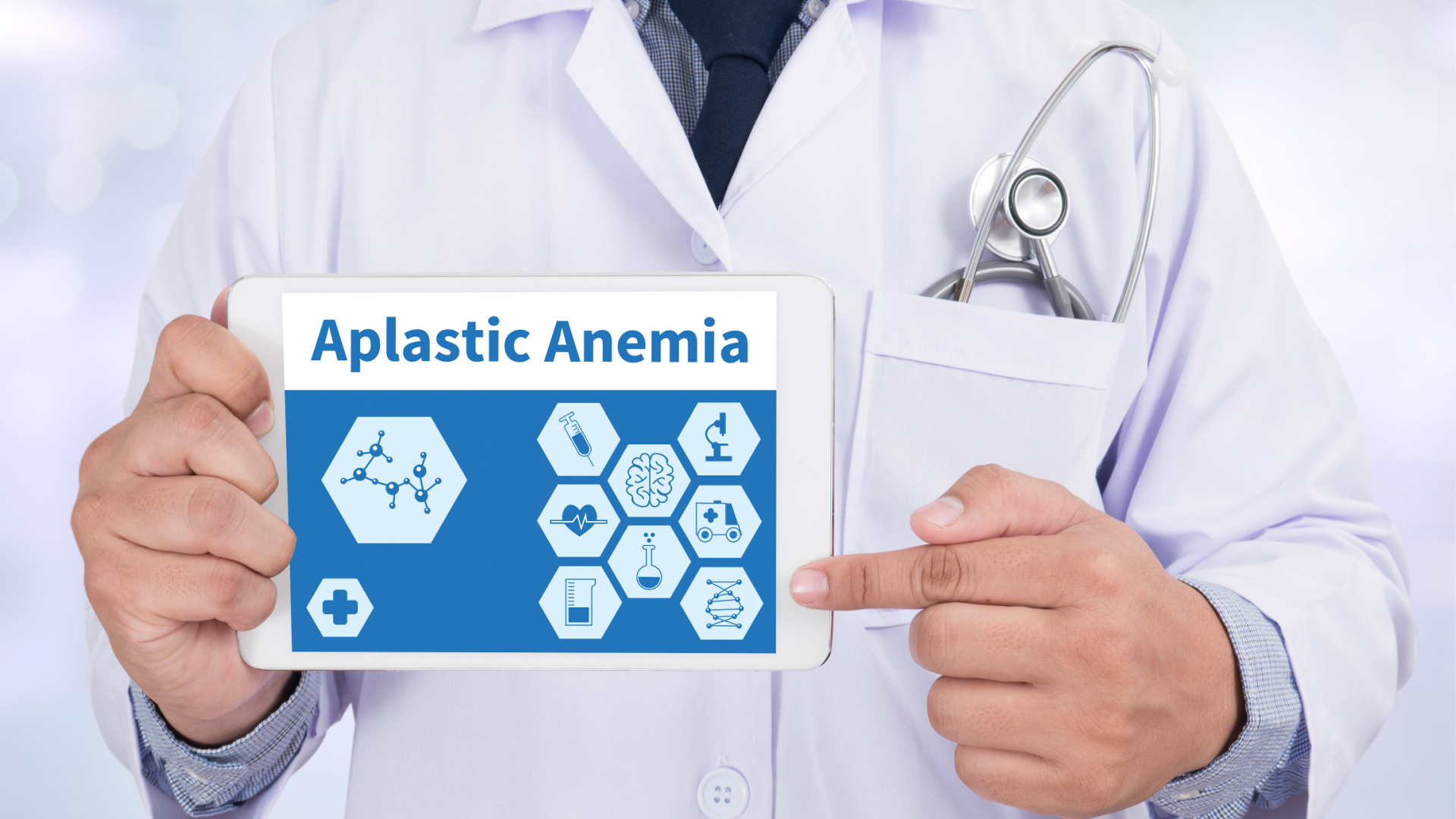
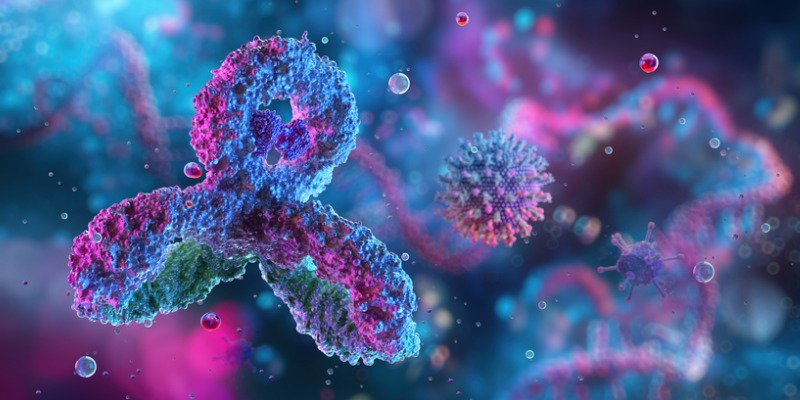
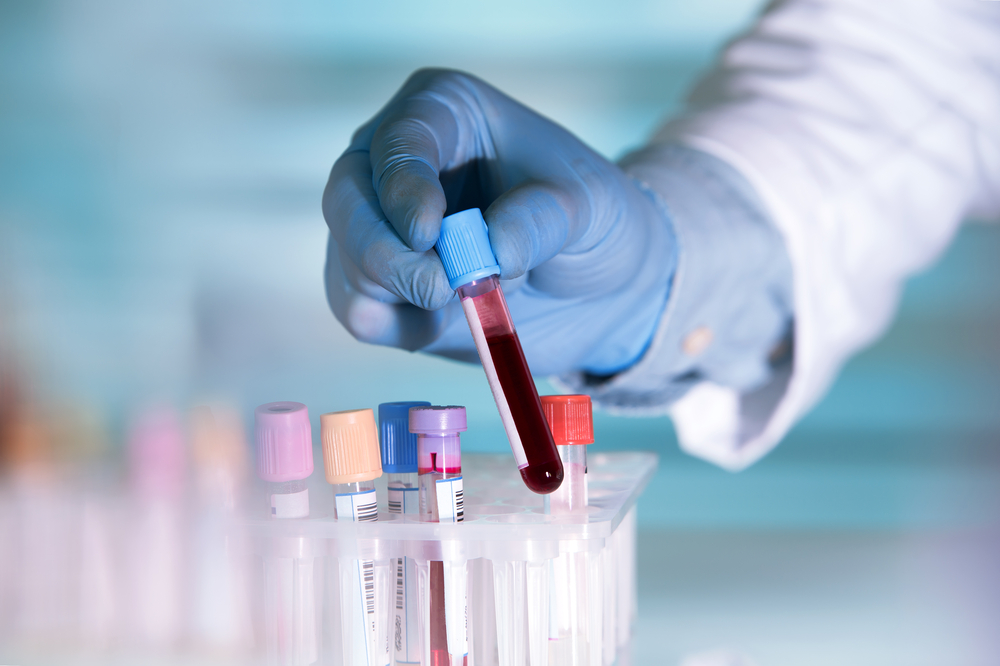

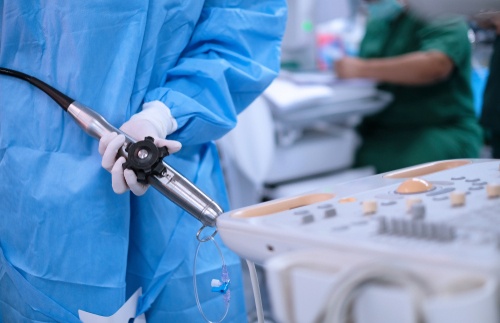

 © 2025 Mashup Media, LLC, a Formedics Property. All Rights Reserved.
© 2025 Mashup Media, LLC, a Formedics Property. All Rights Reserved.